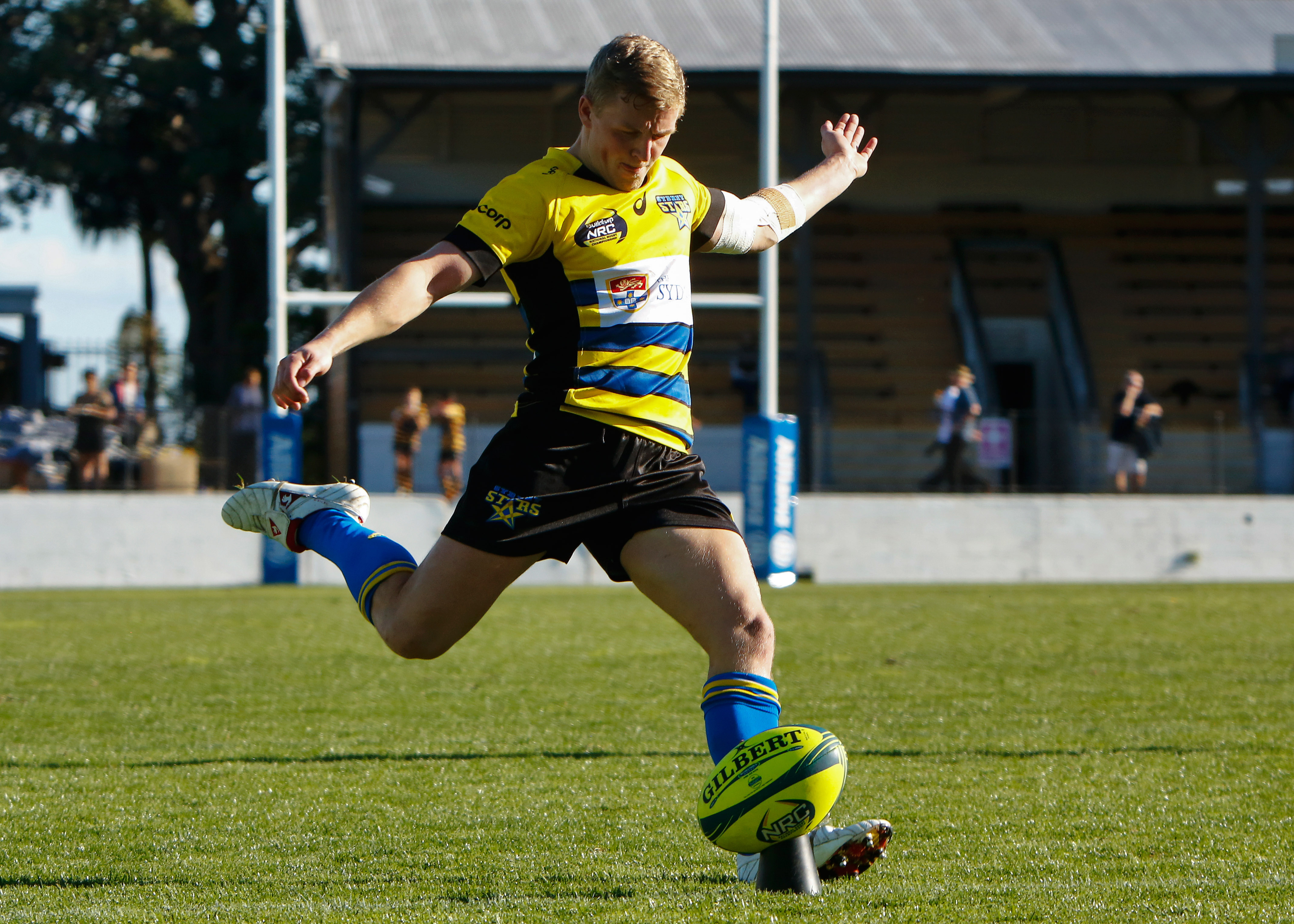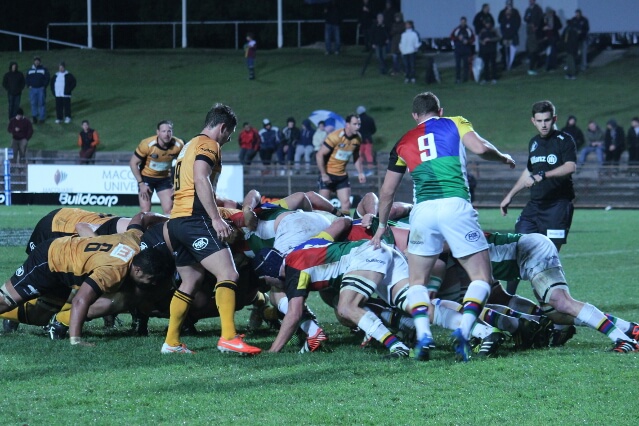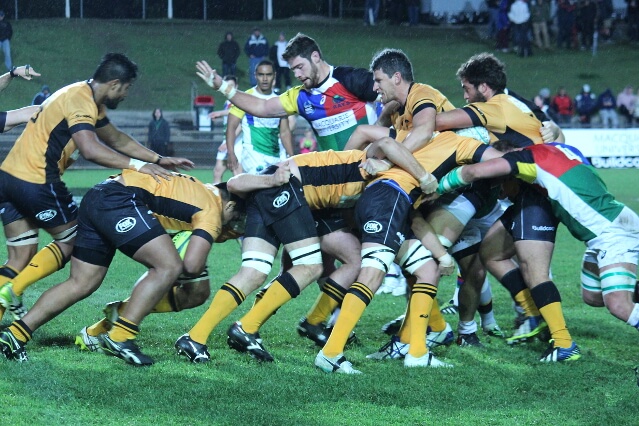Scheduled Website Maintenance
We’re currently in the process of moving to a new and improved server environment. During this transition, the website may experience brief interruptions or temporary outages.
We appreciate your patience while we complete this upgrade. Service will return to normal shortly, with improved performance and reliability.
Thank you for your understanding.
Penalty kicks for touch after the siren
In the NRC, teams that have been awarded a penalty kick can take a lineout if the siren sounds, or is about to, at half-time or full-time.
Why not? The referee is the sole judge of time anyway: look it up. It will also stop cynical play especially near full-time when a yellow card is not so serious as it would be normally.
This was voted number two when the proposed variations went to the public.
How’s it working? I only remember one case—but when the attacking team was allowed to take a late penalty kick for touch at half-time, the defenders knocked the ball on in the lineout and the attackers couldn’t take a scrum.
Will it go further? Yes.

Reducing the time to kick at goal
In the NRC kickers have only 45 seconds to take a penalty kick at goal and 60 seconds for a conversion from the time they get the kicking tee.
How’s it working? Great—they hardly ever needed all the time allotted and on most occasions could have slotted conversions had time started from the scoring of the try. Support staff got the tees to the kickers quicker than was normal just in case.
Will this go further? Dunno – they love their goal kicking in Europe and on the high veld, and they may say that the precious flowers need that extra time to get their rhythm.
If they do, we could answer back: if the time for taking kicks is reduced, they will get a faster rhythm as sure as God made little apples.
Speeding up the scrum set-up
When the referee makes his mark for a scrum in the NRC, scrums have only 30 seconds to set up.
Otherwise we have fat guys waddling over to the scrums and posturing like sumo wrestlers; the only difference being that nobody throws salt. Then if they don’t feel comfy they stand up.
How’s it working? OK – strangely the sky did not fall down.
But the referees still had to ask the players to stand up as often as they always had to. The reason for the “stand-ups” had nothing to do with set-up times and must be addressed as a separate issue.
Will this go further? No—it’s another obvious scrum dodge from the convicts they will say.

Keeping out of the pocket
At scrum time defending scrumhalves cannot get between the attacking flanker and the no. 8.
This stops pain-in-the-arse defending scrumhalves (a tautology, I know) from getting into the pocket and virtually climbing over the no. 8 to get the attacking scrummie.
How’s it working? OK – so long as the flanker didn’t stick his legs out sideways after the put-in, as I noticed occasionally, there were no problems. Under normal laws the defending scrummie had one foot in front of the ball most of the time when he was in the pocket anyway, and didn’t get pinged; so why not give the attacking 9 a break?
Will this go forward? Yes.
Where tap kicks can be taken from
Although scrum penalty and free kicks must still be taken in line with the no. 8, leeway is given otherwise in the NRC, if there is no material effect—so long as tap kicks are taken from behind the mark and not too far away from it.
How’s it working? Fine; it stopped time wasting for being called back if taps were not precisely in the same place, though a few were recalled if the kicker took too much licence.
Will this go forward? Yes – so long as there is evidence that tap-kickers aren’t allowed to take the mickey.
Quick throw-ins
In the NRC quick throw-ins are allowed even if the ball is touched by another person outside the field of play, provided they use the same ball. Support staff or bench players are not allowed to touch the ball deliberately, otherwise a penalty kick is given.
How’s it working? Haven’t noticed it now that you ask; it must be OK and it will allow for quicker play.
Will this go forward? Yes.
Mauls
When mauls are formed in the NRC referees are instructed to focus on applying the laws.
This revolutionary concept of applying the laws is to stop defenders from deliberately collapsing a maul when a “choke tackle” is performed to get the benefit of a scrum sooner than it is deserved.
How’s it working? Since the law hasn’t changed and Blind Freddie is not refereeing any games, it is working fine.
Will it go forward? Why bother with this instruction to referees? How well did the instruction to have the ball thrown into the scrum straight work?

Note – ball in play
When submissions were made by the public some people argued that the changes to be made should not only speed up the game, but also have the ball in play longer over 80 minutes.
Have the variations made by the NRC served this purpose?
We need a bigger sample but there seems to be some improvement depending on what we compare it with.
More time-consuming conversions are needed in the NRC because more tries are being scored than is normal. This is partly due to fewer penalty goals being taken (which recovers some time) and partly because the defensive work and systems of start-up teams are not as good as their attacking attributes are.
Ball in play times have varied from 32 mins 43 secs to 40 mins 23 secs, and the average is a tad better than the average of the last two Rugby World Cups: 35 mins and change.
But it is better still than the average in this year’s Super Rugby up until the inbound test series started—just 31 mins 40 secs—and recent test averages of 33 mins 30 secs.
Some salvage work can be done on lowering the number of scrum resets and getting the ball thrown to the lineout quicker, but it’s time we thought about stopping the clock in professional rugby, starting with the scrums.
And why not turn the clock off when a try is scored and turn it on when the restart kick is made? They do this in the NFL; and it will save eight minutes in an average game of rugby union.
We know that stopping the clock is going to happen some decade soon. Why not try it now?
Photos by Lee Grant unless indicated otherwise
.
We are a fan run website, we appreciate your support.
💬 Have you got a news article suggestion? Submit a story and have your say
👀 Follow us on Facebook, Instagram and X.com
🎵 Listen to our Podcasts on Spotify and iTunes
🎥 Watch our Podcasts on YouTube
